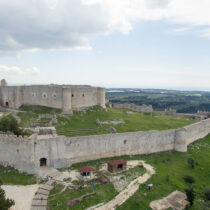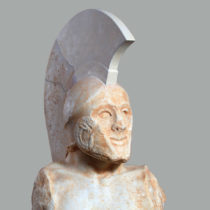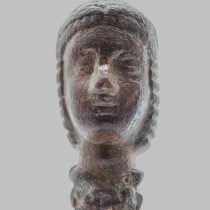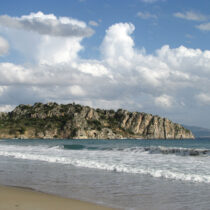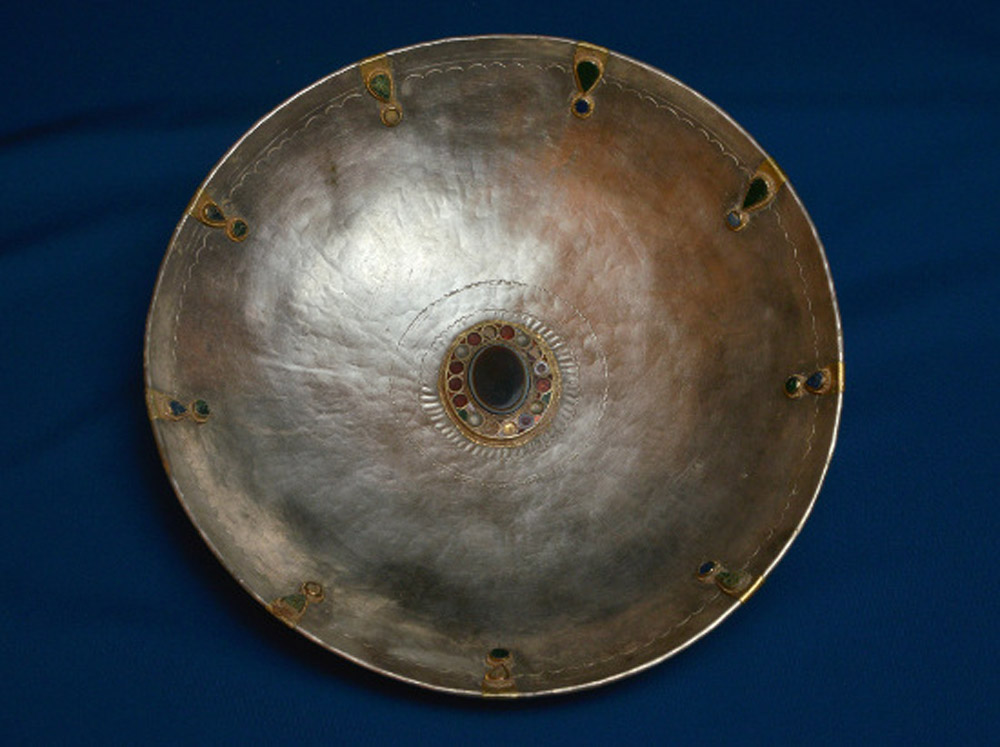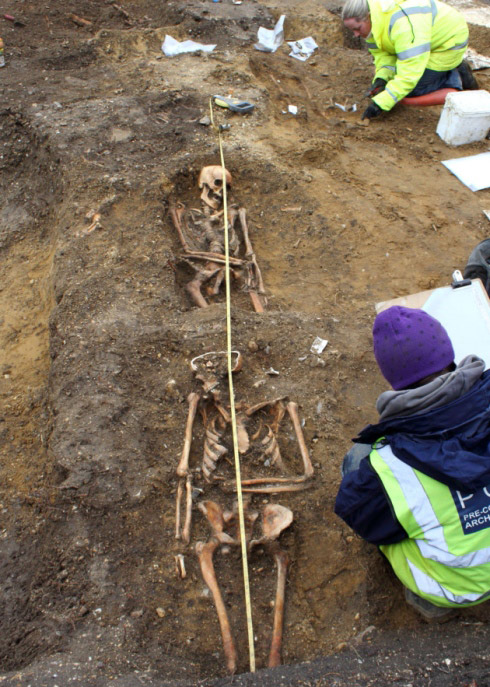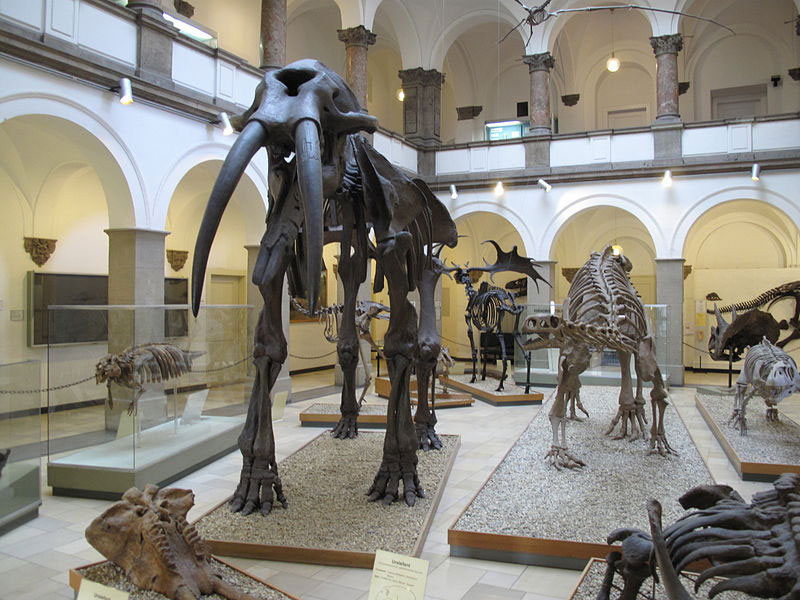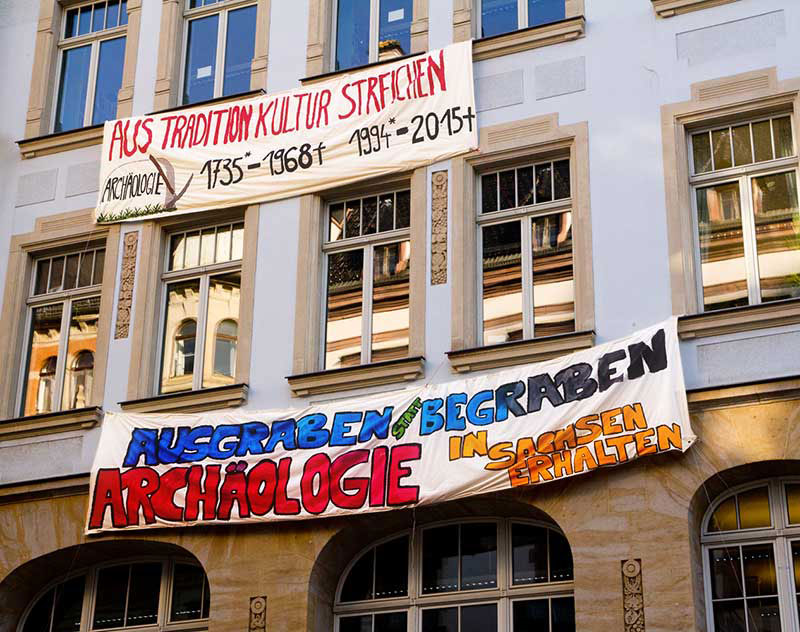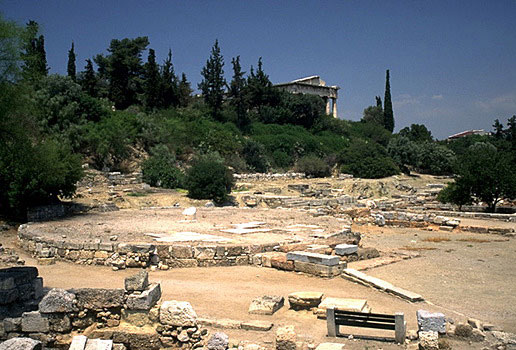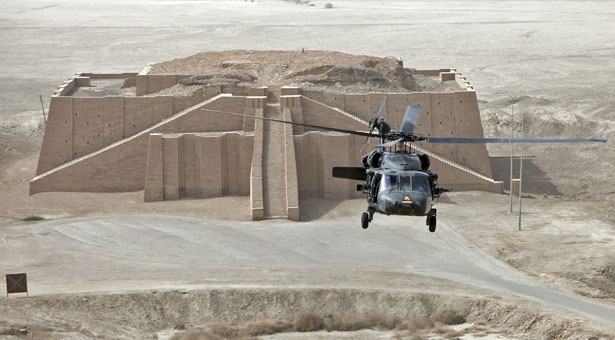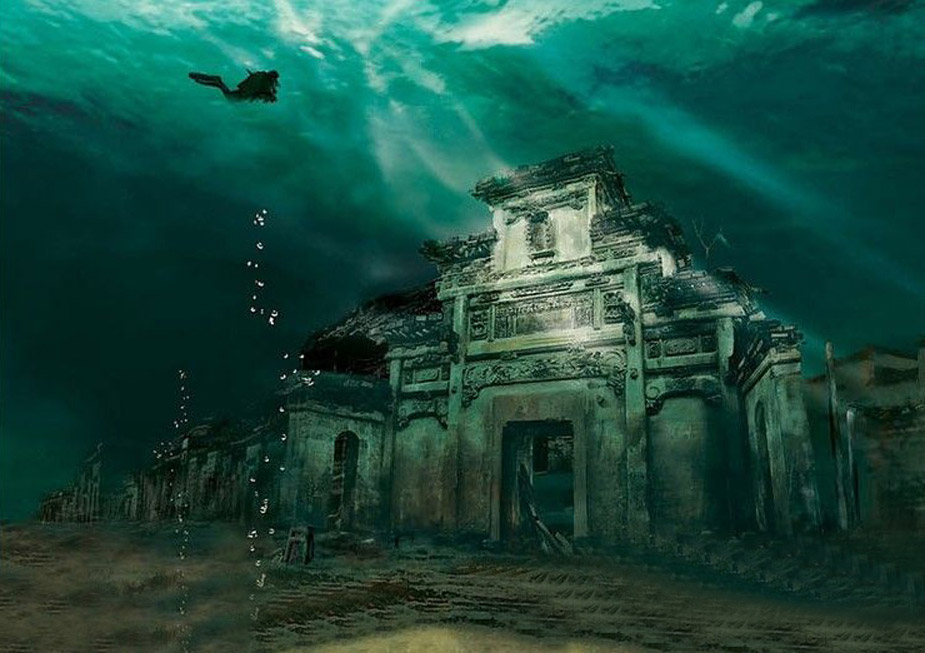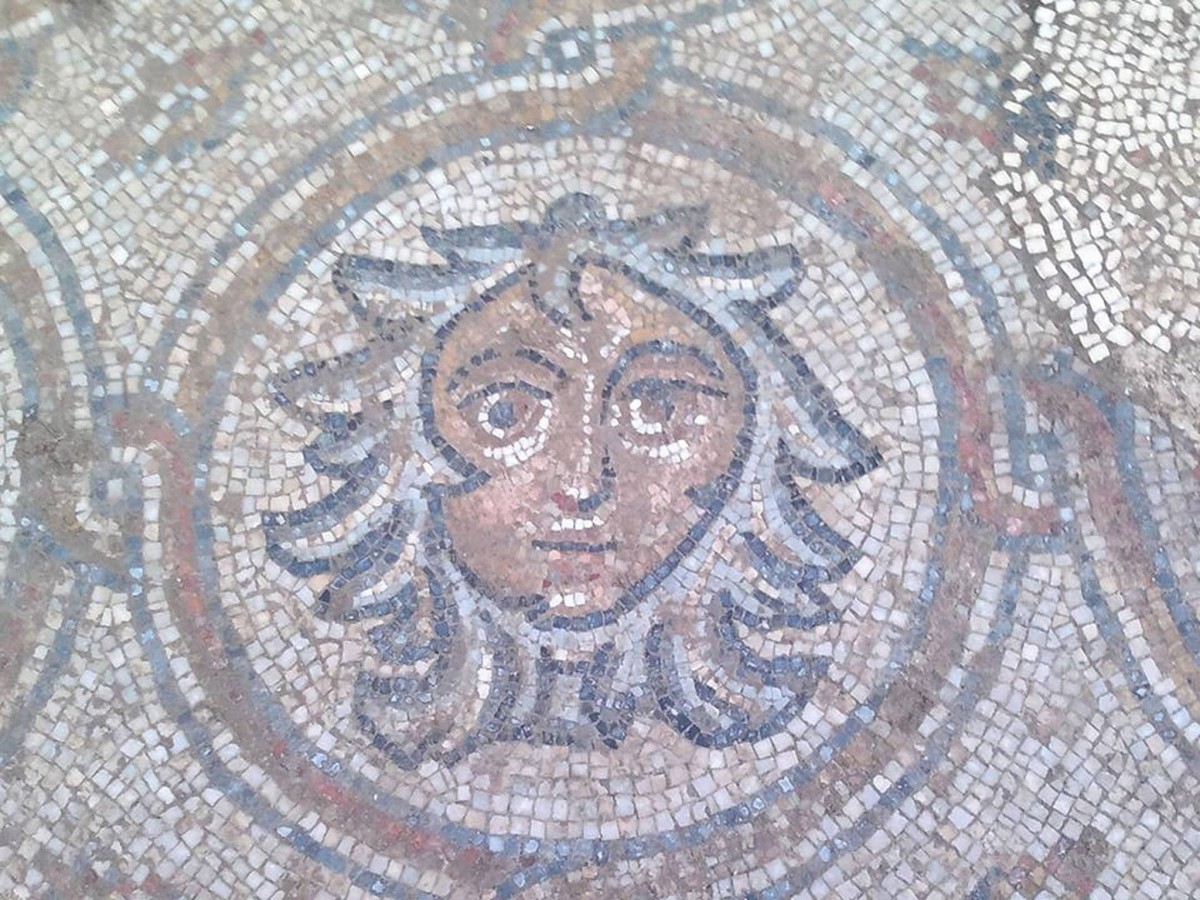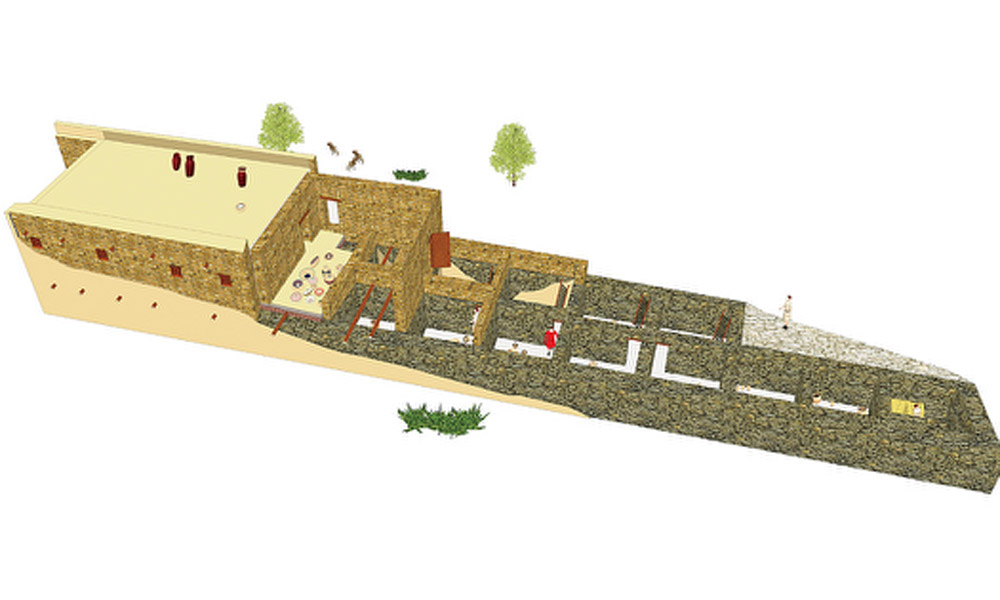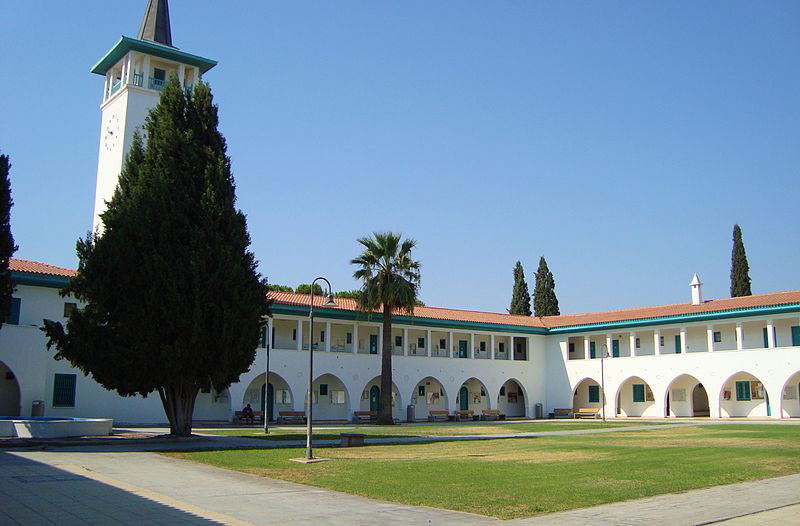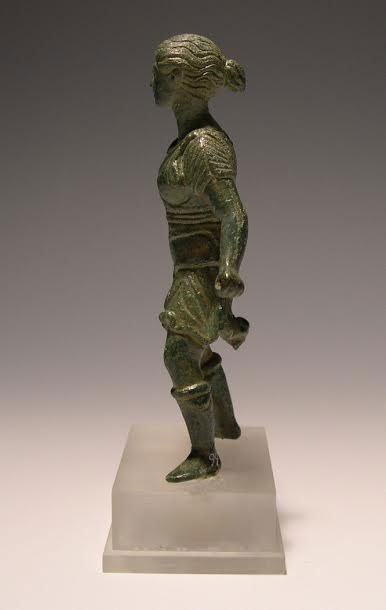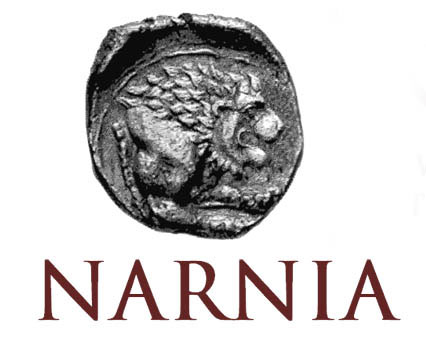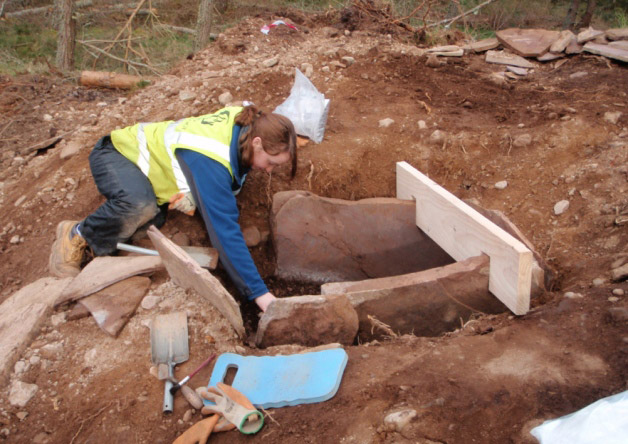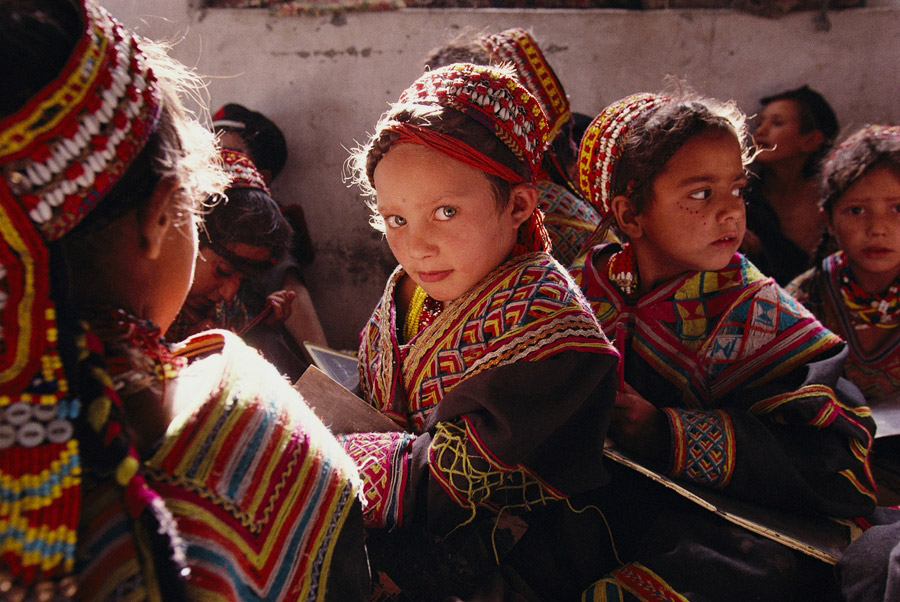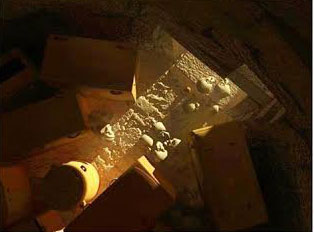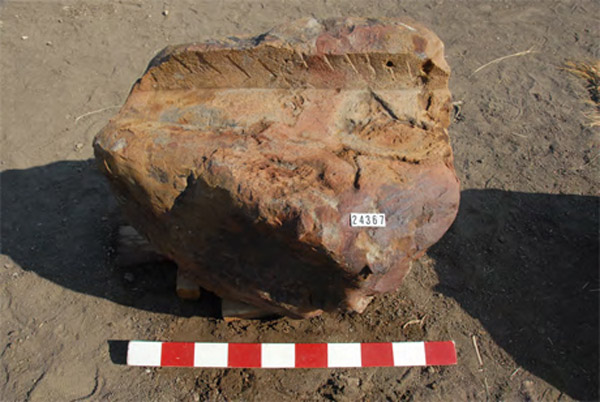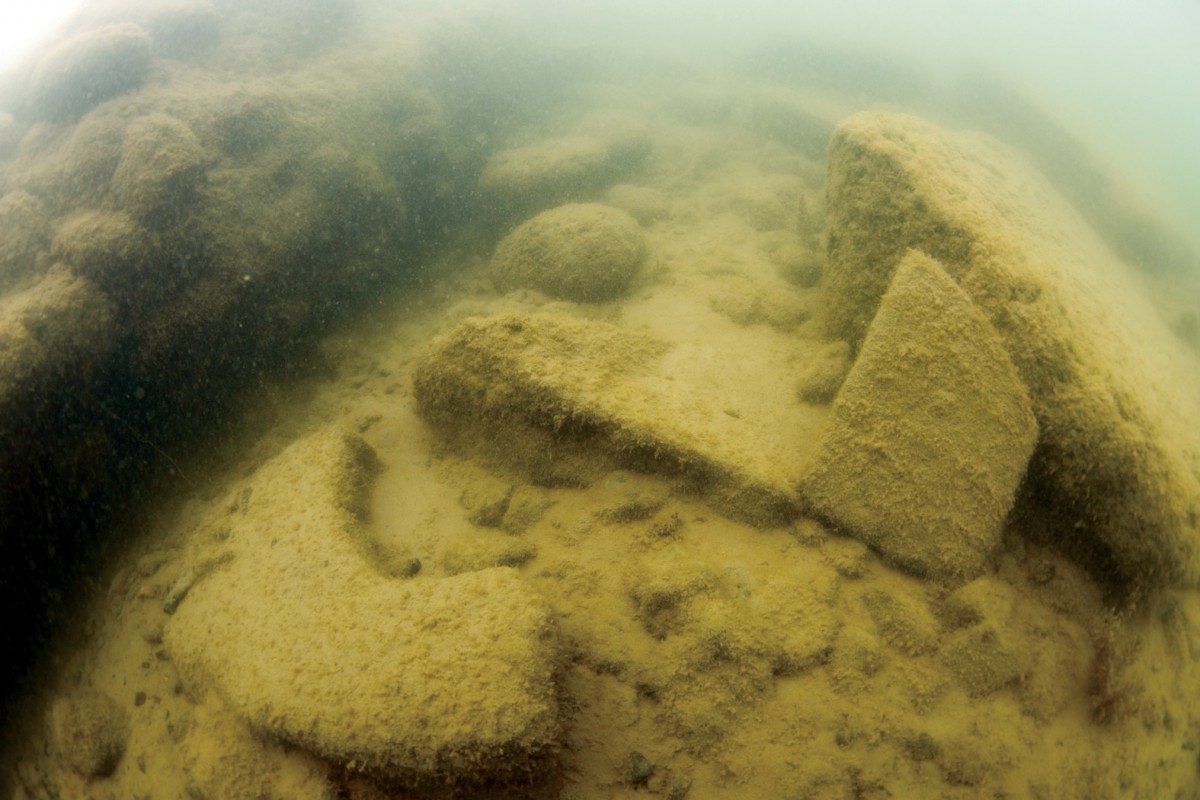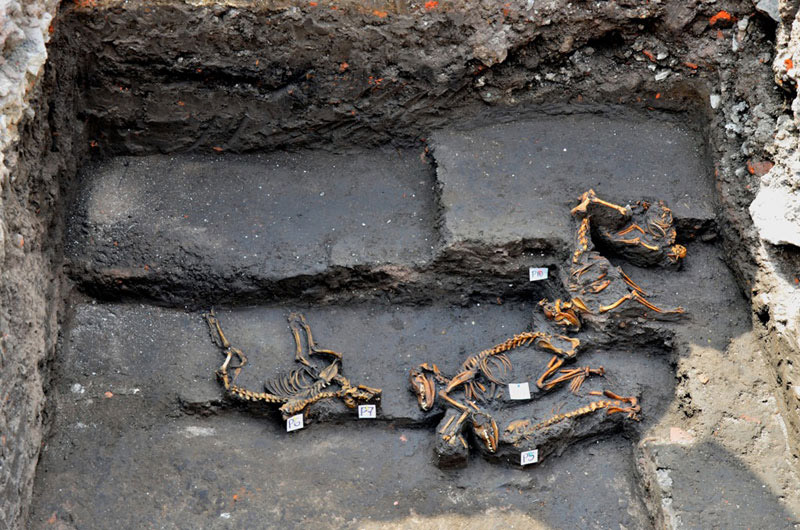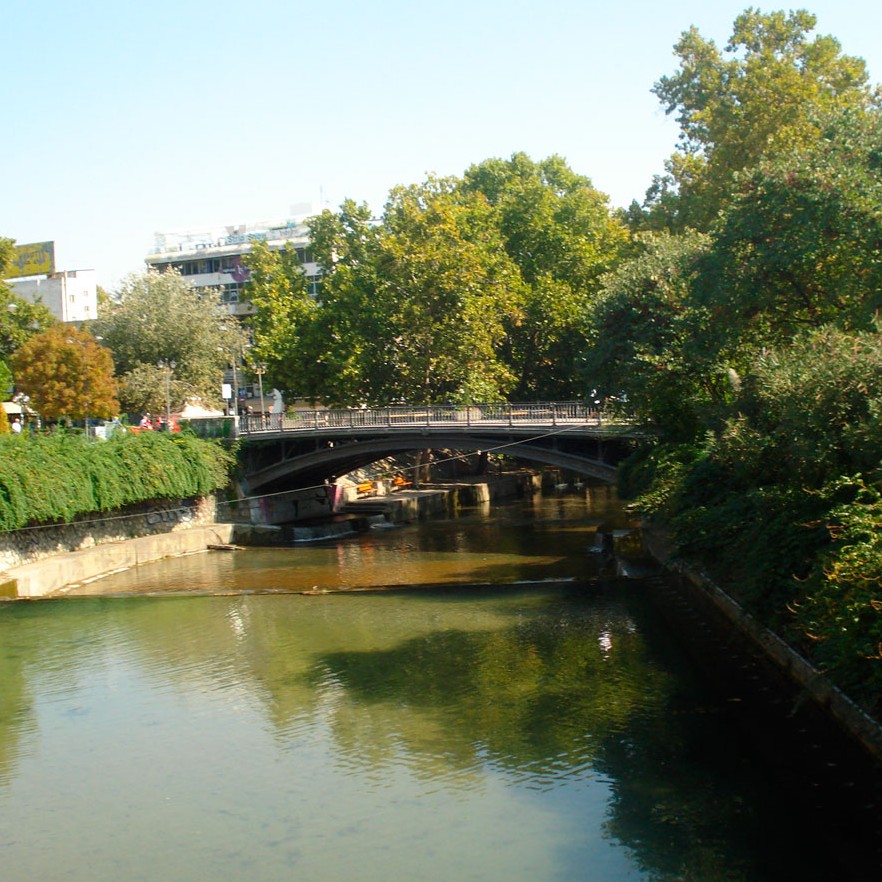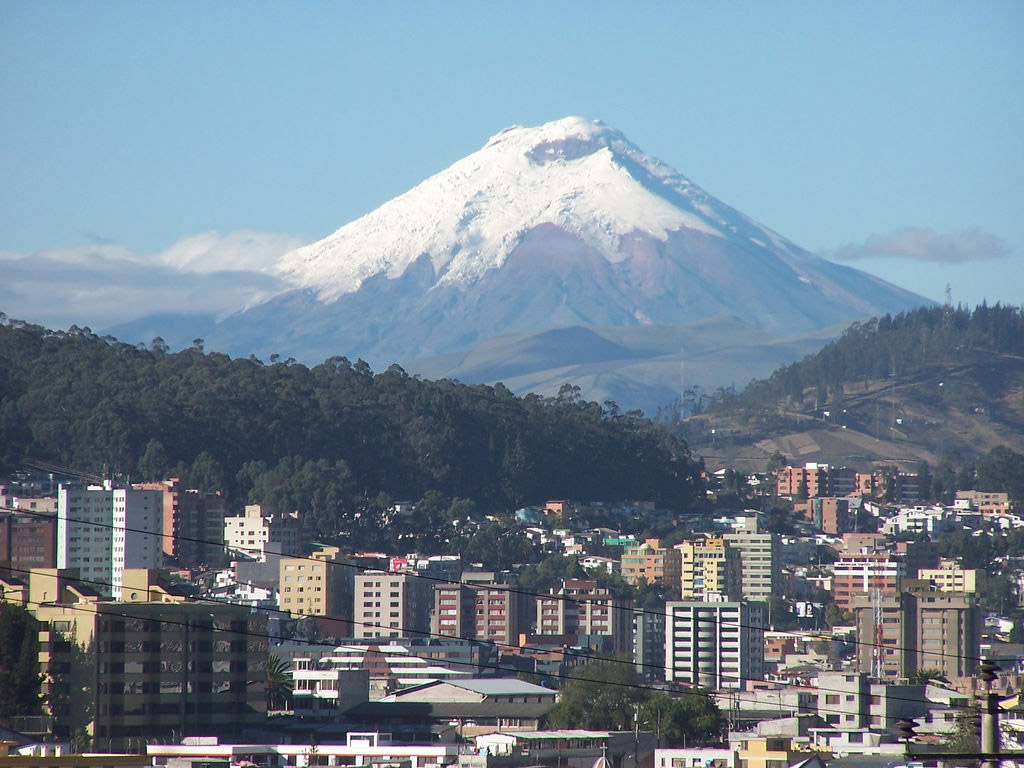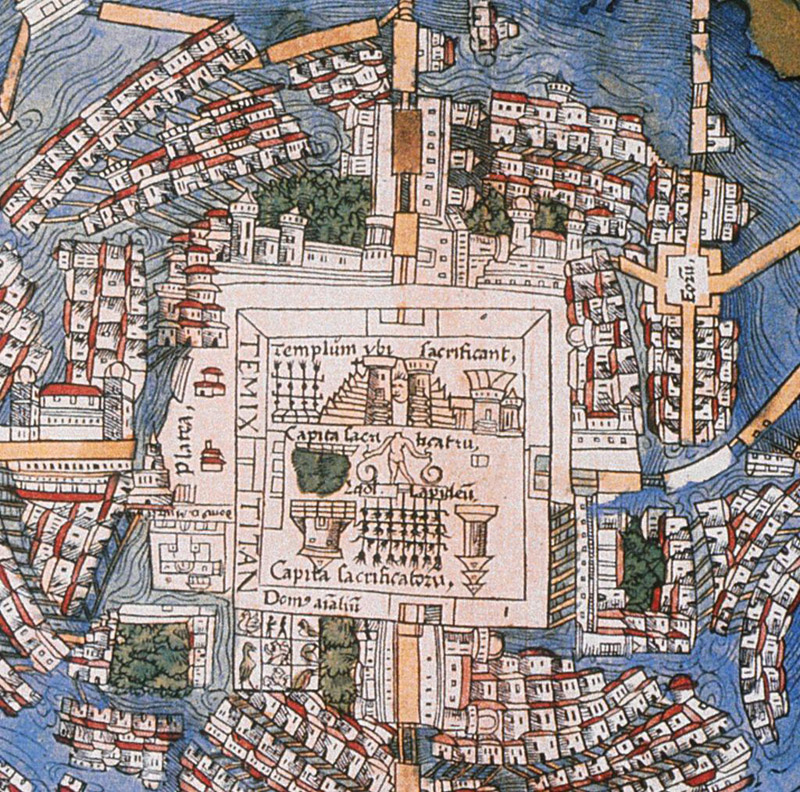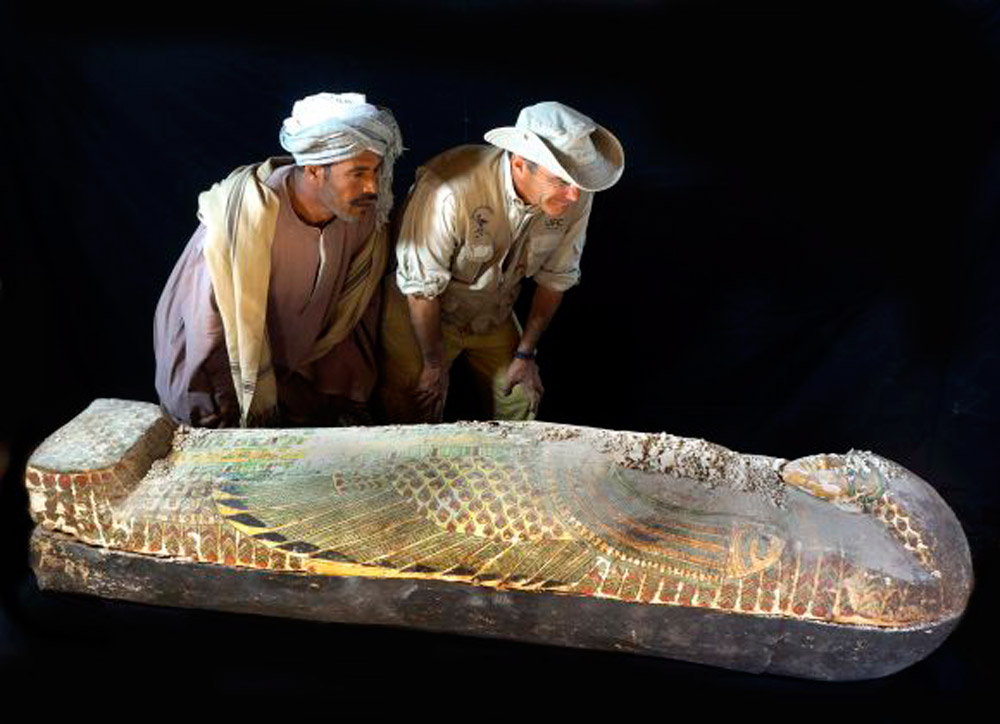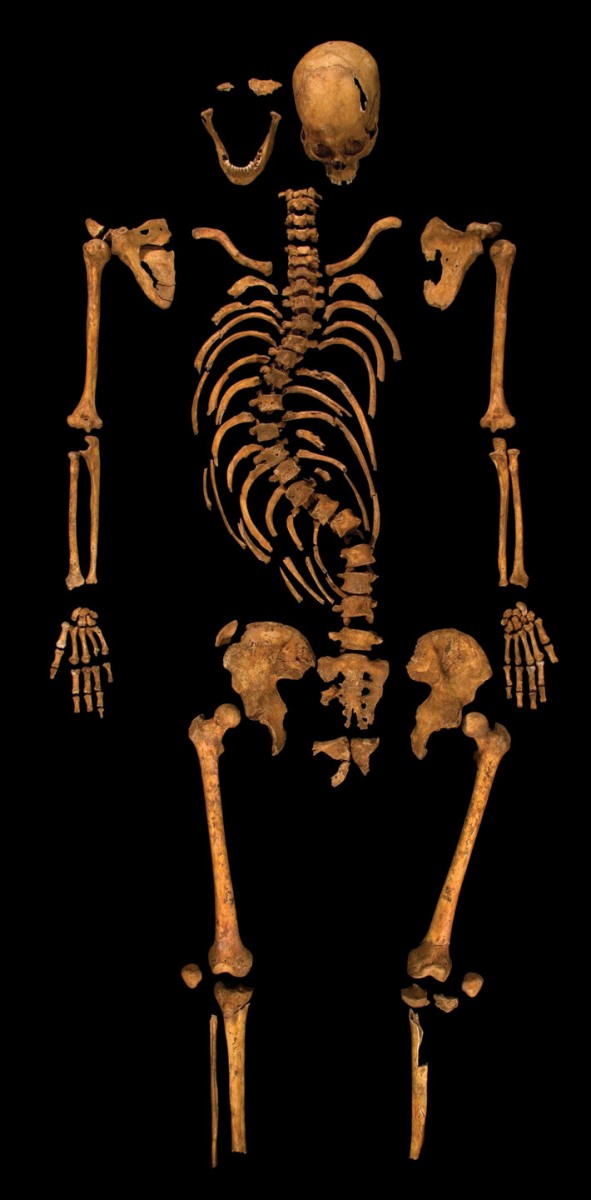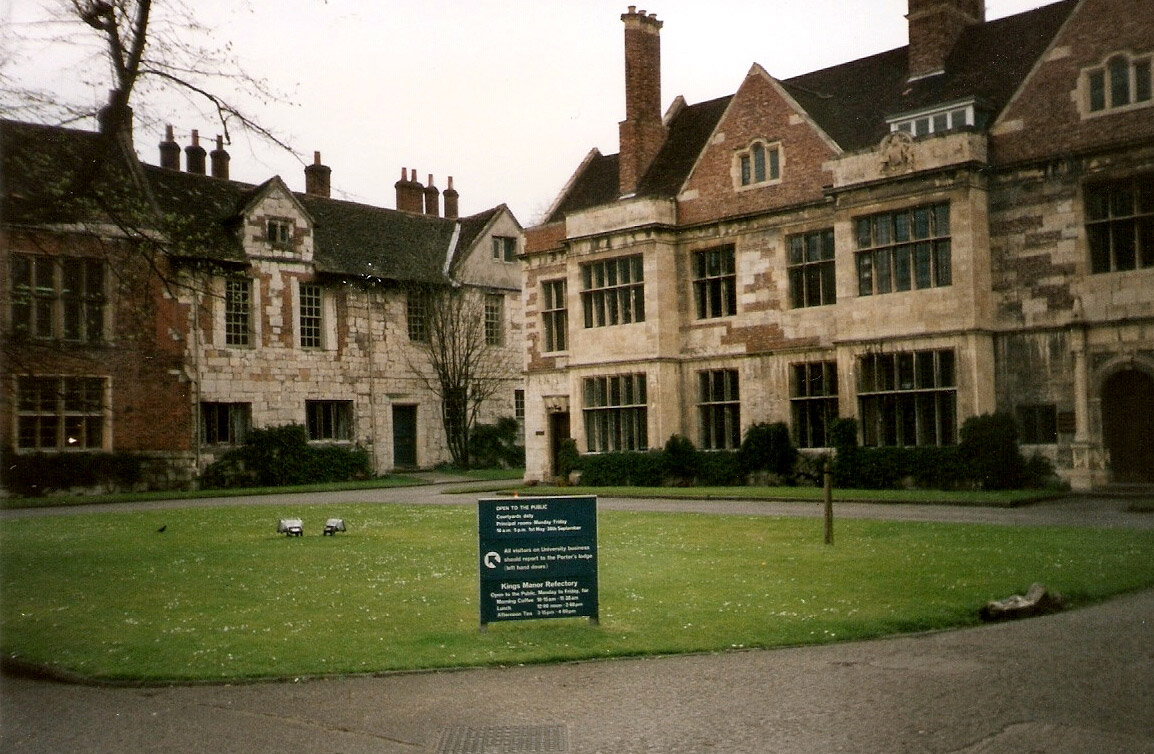Roman Hoard Found in German Forest
Archaeologists who examined the hoard say this might be the largest and most important collection of Late Antiquity artefacts ever found in a German site. It is estimated that the collection as a whole worth more than €1 million.
Early Saxon Burial Found in Haddenham
The bodies discovered are believed to date back to the early Saxon period and included both men and women, young and old, and in many cases adorned with precious objects
Museum Work – Working for Museums
The EMAC 2014 Conference will take place on 6-10 July 2014 in Munich (Germany). The title of the conference is “Museum Work – Working for Museums.”
Preservation of the Institute of Classical Archaeology and the Collection of Antiquities of Leipzig University
On 21 January 2014 the Rectorate of Leipzig University announced without prior notice that it will close the Institut für Klassische Archäologie in Leipzig. German archaeologists have launched a petition against this "destructive" decision.
Same River, Different Waters: Official Dining in the Agora
Did the habits of consumption at the Tholos require sophisticated social competence like that needed to succeed at elite symposia? Lecture about the dining customs of the Prytaneis in the Athenian Agora.
Archaeologists with bodyguards in Iraq
Despite Iraq's troubles, archaeologists are back in Ur, one of the world's oldest cities.
China’s Sunken City Becomes a Divers’ Paradise
A sunken city in China is to become an underwater archaeological site after authorities found its impressive ruins were surviving in good condition underwater, 60 years after its demise.
Vandalism Goes On in Syria
Destruction of cultural heritage in Syria goes on by individuals engaging in vandalisms regardless of religious, ethnic or political identity, although such identities are often stated as the reason behind certain incidents.
Sea People Presence at Tell Abu al-Kharaz
Biblical records mentioning the location of Philistines far from their historic homeland along the shores of southern Israel (I Samuel 31) are often seen as a seeming anomaly in the Bible. However, the new finds come to support the opposite.
Postgraduate programme in Field Archaeology on Land and Under the Sea
Ten (10) places are open for the new postgraduate programme in Field Archaeology on Land and Under the Sea at the University of Cyprus for the winter semester of 2014/15.
Statuette of Artemis
The 33rd Ephorate of Prehistoric and Classical Antiquities of Preveza and Arta and the Archaeological Museum of Arta present the exhibit of the month: a statuette of Artemis.
Interdisciplinary Studies of Ancient Materials from the Mediterranean
The NARNIA research network announces the organisation of the international conference, entitled: “Interdisciplinary Studies of Ancient Materials from the Mediterranean.”
Death On The Highlands
The deceased appears to have been strong and physically active but her oral hyhiene was poor. Her burial, accompanied with a clay beaker shows the region's importance during the Bronze Age.
History Written on Our Genes
Genetic ethnic mixing as coded in DNA samples from 80 populations worldwide coincides with certain historical events.
The contribution of Digital Reconstructions to the study of archaeological evidence from Minoan Crete
The next Minoan Seminar will be given on Friday, 21 February 2014.
Lost Parts of North Memnon Colossus Uncovered
The Amenhotep III Temple Conservation Project has managed to reveal several quartzite blocks which come from the well-worn statue and identify them with parts of its arm, belt and skirt as well as its crown.
Exploring the Sunken Basilica of İznik
The survey included scanning the underwater site -especially the rite room and naves- , taking measurements and photos and keeping records of further technical details.
The Riddle of Aztec Dog Burials
“Burials of dogs have been found in archaeological contexts, but in this case, it is not associated with any construction or a human burial", archaeologists say.
A proposal for the enhancement and ideal administration of monuments in the town of Trikala (Part 1)
Presentation of the monument sites in the city of Trikala.
Building from 2200 BC found in Quito
A building constructed by a yet undefined culture and dating from 2,200 BC has been found in Rumbipapa Park, in the city of Quito, Ecuador.
Ancient and Modern Settlements Follow Same Rules of Development
Development patterns as attested in modern urban areas seem to work the same way when considering the development of ancient cities.
Wooden Anthropoid Sarcophagus Discovered in Dra Abu el-Naga
A 17th dynasty painted sarcophagus belonging to a top governmental official was unearthed at Draa Abul-Naga necropolis on Luxor's west bank.
Richard III Genome To Be Sequenced
Research on Richard's genome is expected to reveal details such as the colour of his eyes and hair, as well as elements of his medical history.
